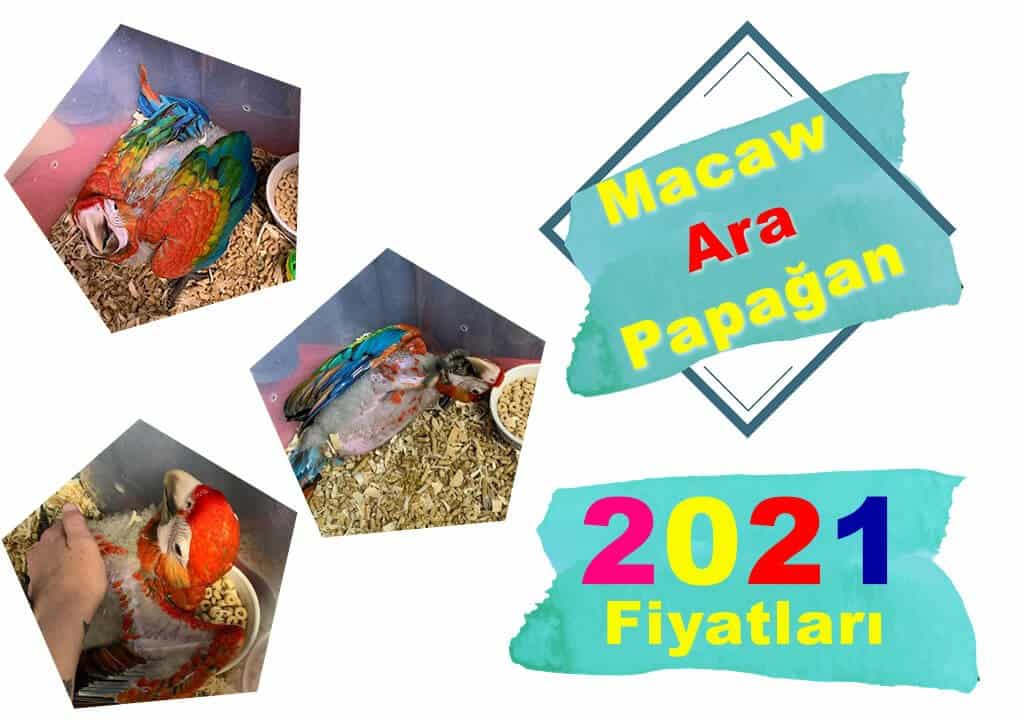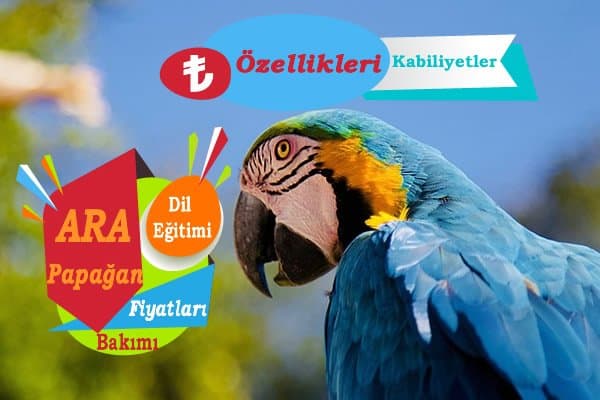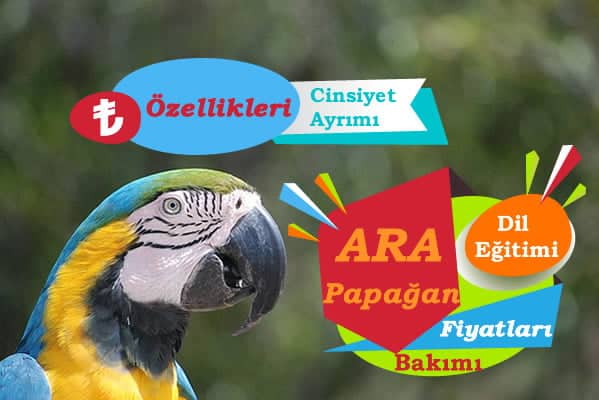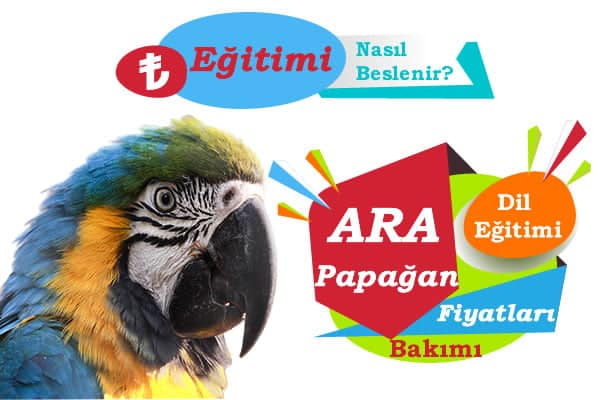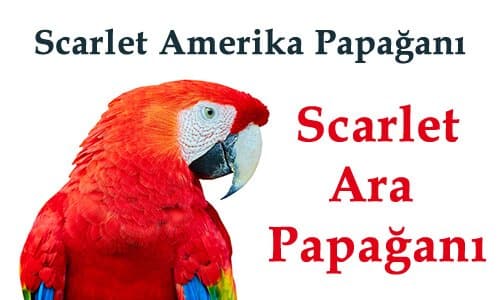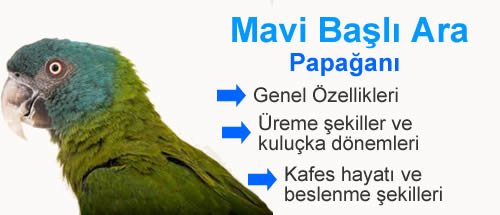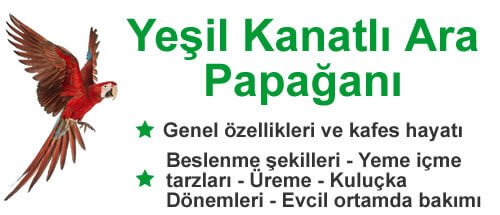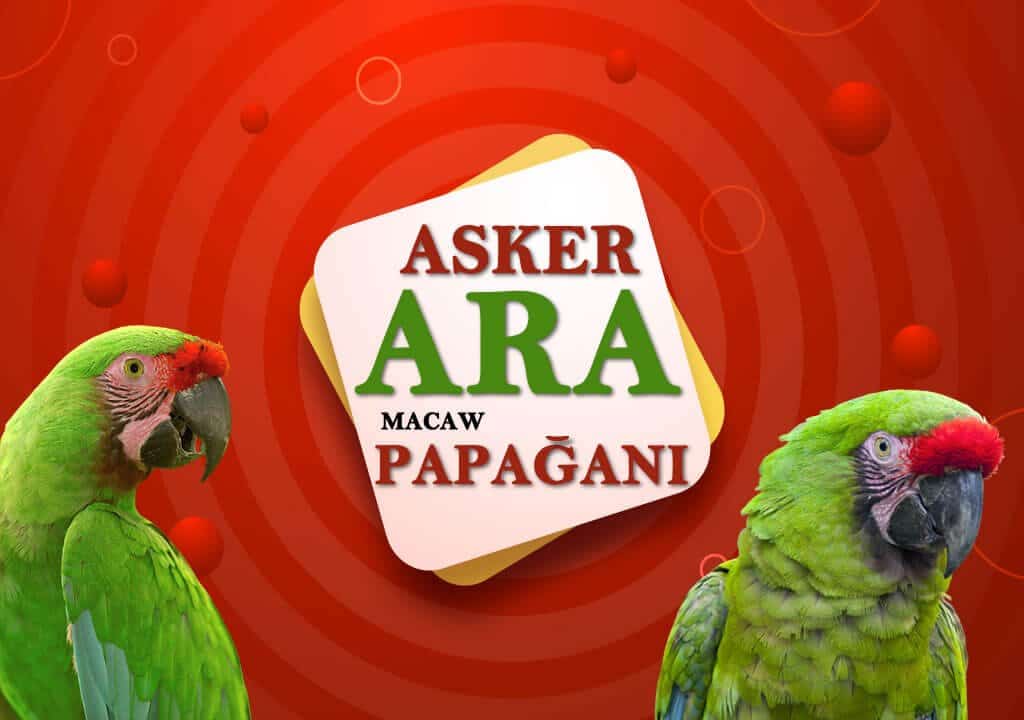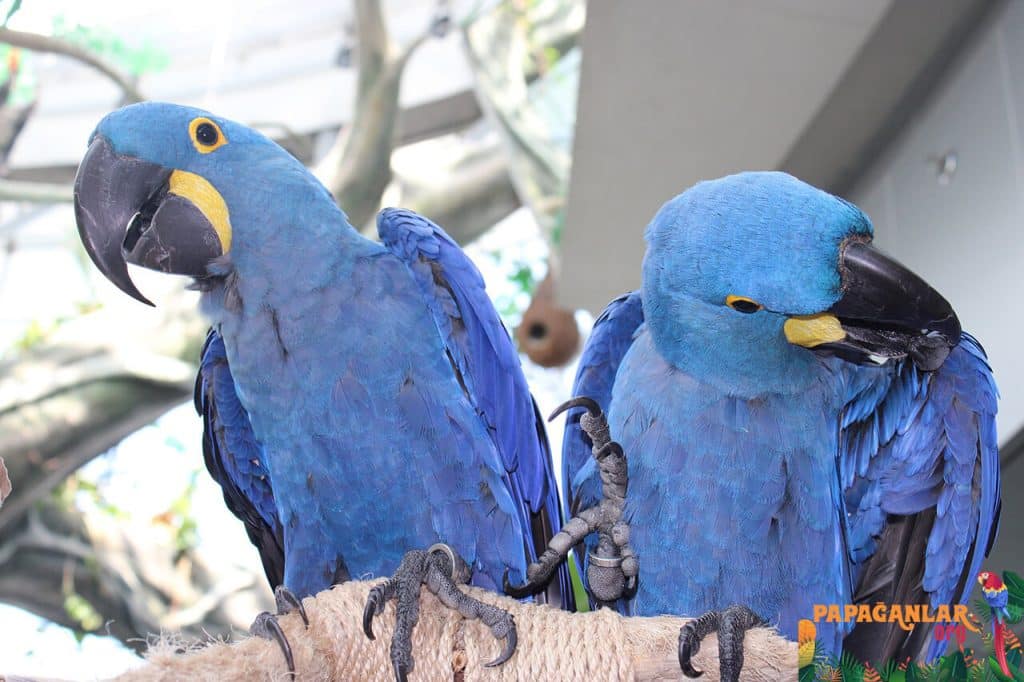Blog
Yellow – Red Ara
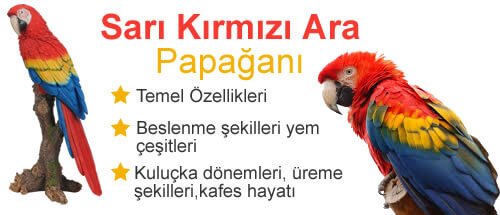
Yellow– RedAra Parrot (Ara Macao)
Yellow– RedSparrow Parrot Habitats
They live in the northern half of Brazil, northern Bolivia, eastern Peru and the easternmost outer region of the Equator, eastern and northern parts of Colombia, southern Venezuela, Guyana and French Guiana, and Suriname.
They are also found in Central America from Panama to southeast Mexico (excluding the Yuccatana Peninsula). They live in inland tropical rainforests along the water’s edge, in areas at an altitude of 900 meters.
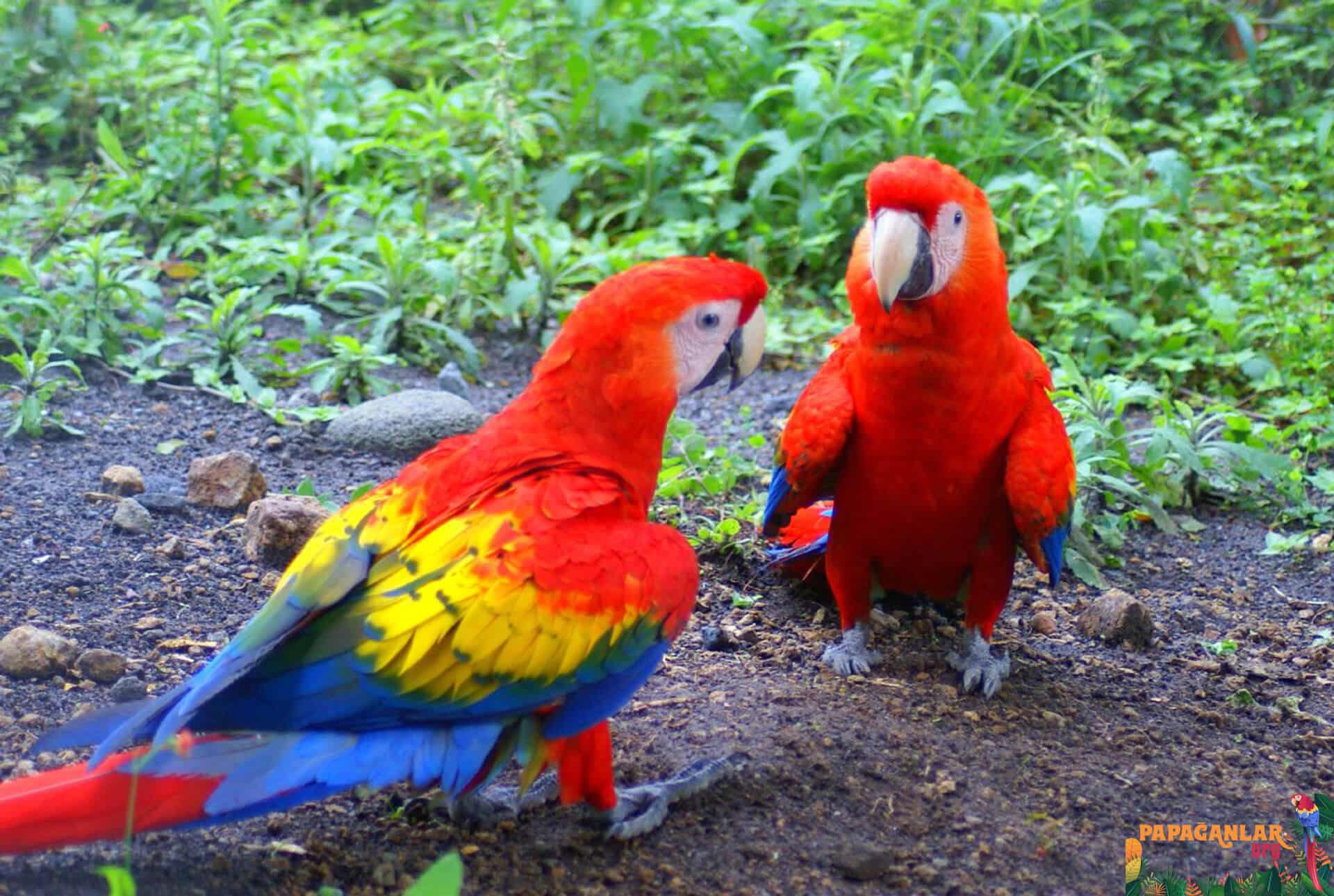
General Description and Characteristics of Yellow – RedSparrow Parrot
They become about 85 centimeters. The color of their feathers is predominantly bright red. The facial parts are white, hairless and without black stripes. The cap parts on the wing go from yellow to green. The open wings are light blue. The back is also light blue. The feathers on the tail are blue, the tail is reddish and blue towards the tips. The top of the beak is ivory (Bone beige) and the tip is black. In adult birds, the lower beak is black. Its feet are brownish-grey. The irises of the eyes are yellowish.
Their lifespan is 50 years.
Gender Determination of Yellow–Red Ara Parrot
Scientific determination required (DNA). Judging by their external appearance, females may have a slightly smaller head than males. They are very hardy parrots.
Yellow– RedAra Parrot Nutrition Patterns
They eat palm fruits, plums and nut trees unique to the region they live in.
Dry corn, walnuts, almonds, wheat oats, hazelnuts and peanuts should be given in certain amounts. Also apples, pears, apricots, pomegranates, grapes; It has a wide range of fruit and vegetable nutrition lists such as tomatoes, carrots, spinach, and peas.
With their strong beak structures, they have the ability to easily break even the thickest shelled peanuts. During the breeding season, they consume large amounts of insects and their larvae (eggs).
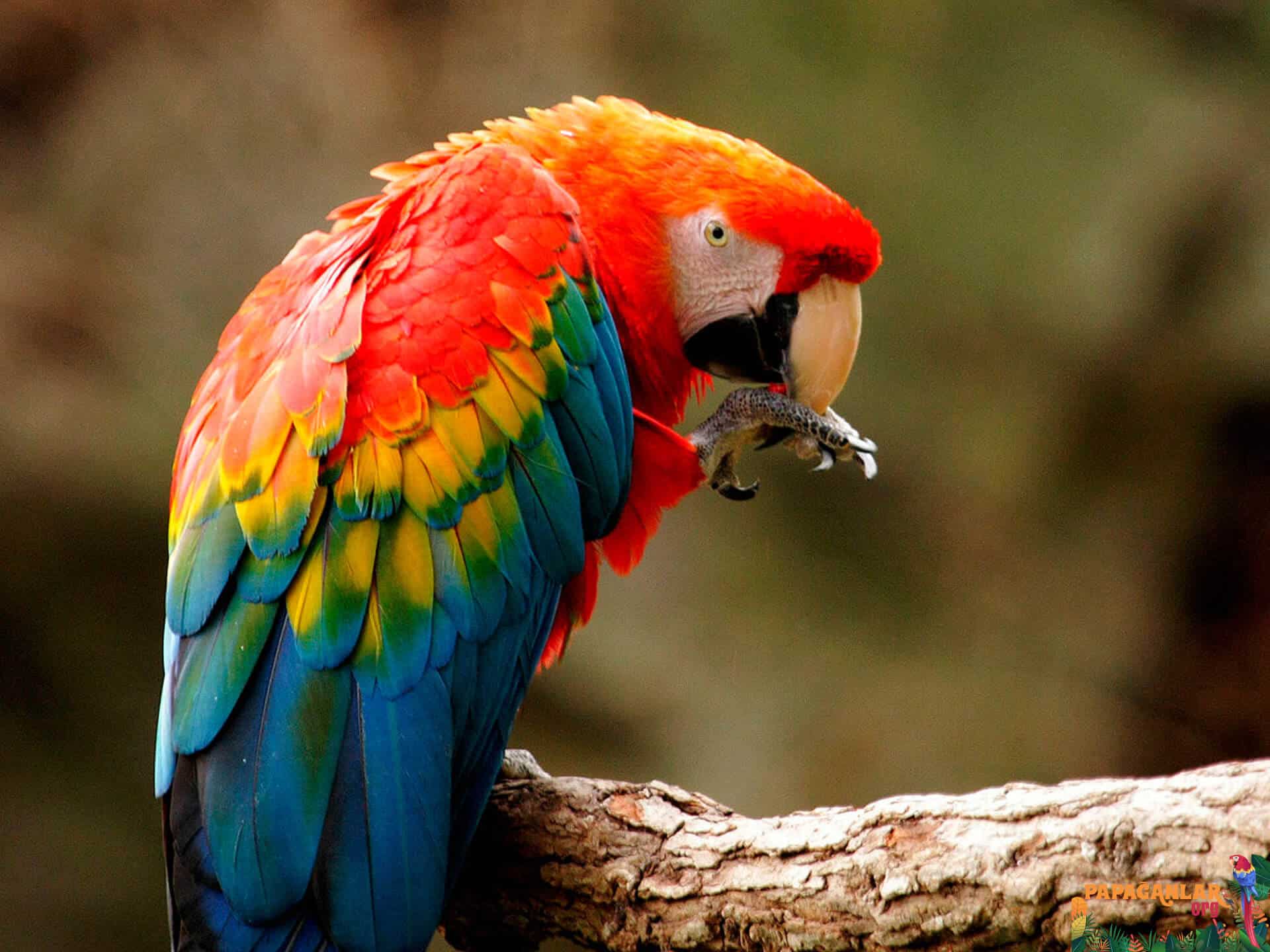
Reproduction Patterns of Yellow– RedAra Parrot
Although there is not much information, it is said that the area where they are mostly found is the southern regions. They incubate in November. In this period, Ara Parrots, which are found in the northern parts, also reproduce.
They lay 2 to 4 eggs at a time.
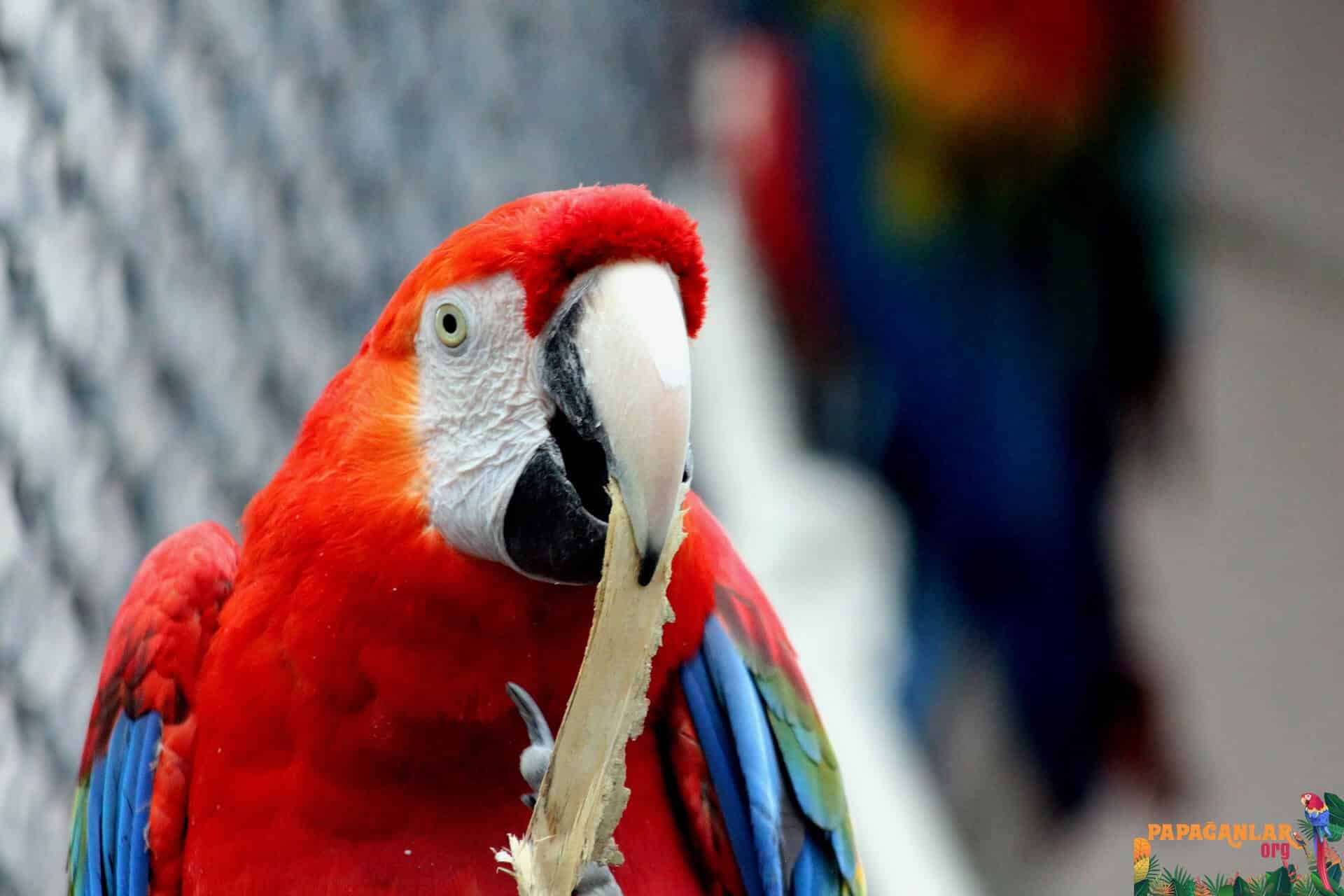
Yellow and RedAra Parrot Care as Pets and Cage Life
Considering its size, it is understood that it is a difficult species to care for in the home environment. Since it is a very good volatile, it should only be looked at in keels made in a large area (as much as is needed) if it is to be looked at. If you are going to look after your home and you do not have the appropriate space, it would not make much sense to buy a type such as intermediate. However, they are preferred in the home environment because they adapt more easily than other intermediate types. This species is often confused with Ara Chloropterus due to its red-dominated color and beak color. However, in the aforementioned species, the so-called wing-top covers are not yellow but dark green on the contrary. On the white hairless part of the cheeks, there are reddish road lines.
Also, offspring with a predominantly white color, called albinoismus, which is common in this species, and which have no color pigments in any way, may be born. In order for this type of offspring to be born, the partners must carry the same genetic code and be of the same species. But sometimes this genetic code emerges a little differently in the offspring than it should. This causes the aforementioned albino to be born. This is, of course, a very joyful event for producers. It will be more profitable to sell. But sometimes the producer herself does this with artificial additives in order to get this type of pup in order to get this profit. It is black rather than red like an artificially born albino.




